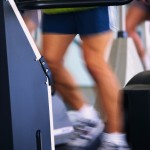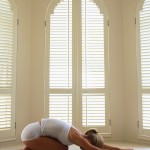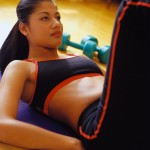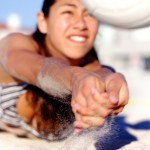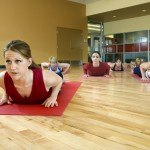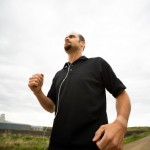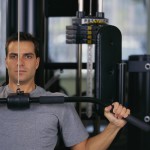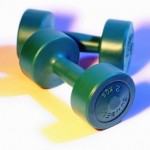 Many put off joining a gym because they don’t know where to begin in regards to a strength training program. There are three questions to ask yourself when choosing your exercise program:
Many put off joining a gym because they don’t know where to begin in regards to a strength training program. There are three questions to ask yourself when choosing your exercise program:
What is my goal? This determines your priority exercises. There are many types and modes of strength training exercise.
Is there an event/specific task for which I need to prepare? If you are focused on achieving a particular outcome by a specific date, it is in your best interest to seek professional assistance. Upon a fitness evaluation a Professional Fitness Trainer will be able to recommend the appropriate course
What time commitment am I willing to make? Any time is better than no time.
Upon answering the questions above you will be set to take action. There are three keys to building strength:
Stimulating the muscle, done through intensity and variety. To stay in your anaerobic pathway muscle fatigue must be reached within a 30-90 second time period/per set. This ensures you’ve recruited the muscle fibers and overloaded them sufficiently. For variety, change a component of your program every four to six weeks. This will create a new neurological pathway so your body will have a stimulus to adapt to and continue to become stronger.
Proper weight lifting mechanics. Firstly, every movement should begin with neutral posture: Line your ears up over your shoulders, and line your shoulders up over your hips. Secondly, draw your belly button in tight. Now you are ready to begin the movement.
Controlling the movement. Control the weight throughout your range of motion to reduce risk of injury.
Every strength exercise you perform in the gym should serve a specific purpose. If you’re not sure which to choose, consult a Fitness Professional to assist you.
 Subscribe
Subscribe